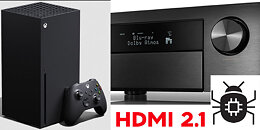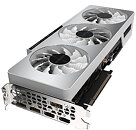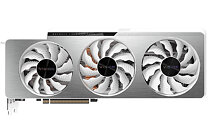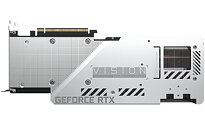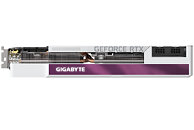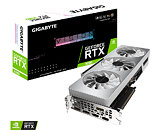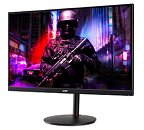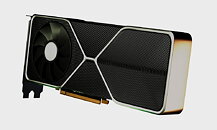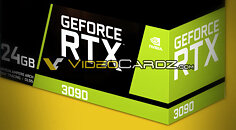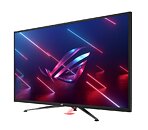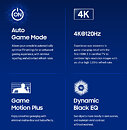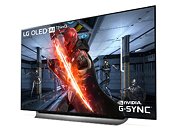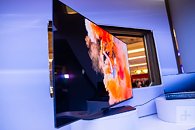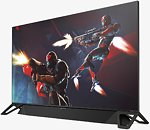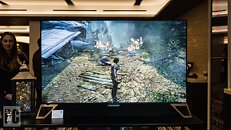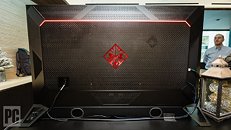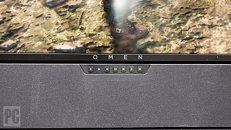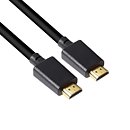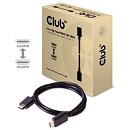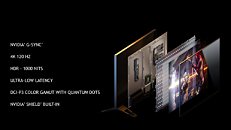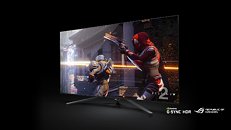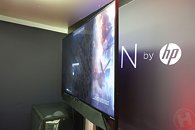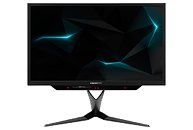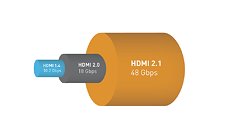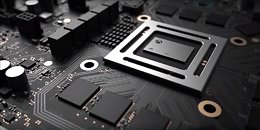Ultra High Speed HDMI 2.1 Cables Now Entering Wide Market Availability
Over three years after the launch of the HDMI Specification Version 2.1, major products are now widely available that support HDMI 2.1 features including 4K@120Hz, 8K@60Hz, Dynamic HDR and eARC. Instead of asking when HDMI 2.1-enabled products will be available, people are now asking for advice about which new HDMI 2.1-enabled products to buy.
"It's exciting to see so many new products available with these new features," said Rob Tobias, CEO and president of HDMI Licensing Administrator, Inc. (HDMI LA). "And with the launch of the latest gaming consoles, consumers can now enjoy a thrilling HDMI 2.1 end-to-end experience with consoles, AVR's, cables, TVs and monitors. With shipments of HDMI products reaching almost 10 billion since it launched in 2002, HDMI technology continues to be the universal interface for consumer electronics products."
"It's exciting to see so many new products available with these new features," said Rob Tobias, CEO and president of HDMI Licensing Administrator, Inc. (HDMI LA). "And with the launch of the latest gaming consoles, consumers can now enjoy a thrilling HDMI 2.1 end-to-end experience with consoles, AVR's, cables, TVs and monitors. With shipments of HDMI products reaching almost 10 billion since it launched in 2002, HDMI technology continues to be the universal interface for consumer electronics products."




